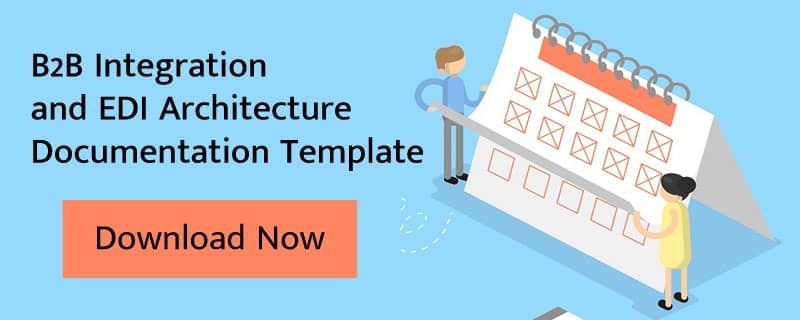
This may all sound like a lot of extra work, but documentation done right can actually be quite efficient. Here are the top five ways to boost your documentation productivity.
Set Guidelines
Knowledge workers spend 36% of their time searching for information, according to a piece in CMSWire. Clawback more of that time by crafting organization-wide guidelines for documentation and then ensuring that everyone adheres to them.
First, decide on the information you plan to record, the way you plan to record it, and how the details will be organized. Then set a standard for document naming. Next, define the topics you’ll use to categorize your documents, using the most relevant information (i.e., “task” would be a step-by-step plan for completing a specific function).
Be Clear and Concise
You may think using industry jargon in your documentation is OK because your audience will understand it, but that could be a mistake. Since you can’t be certain of everyone’s level of familiarity with insider slang, acronyms and the like, avoid using these terms and instead write documentation that’s clear enough for anyone to understand.
Write with an eye to length, too, and avoid adding unnecessary words. Want to include detailed instructions? Consider doing so via a hyperlink so you avoid creating long, dense blocks of text.
Above all, be accurate. The right information will help new employees settle into their roles more quickly.
Use Visuals
Your audience is more likely to take note of the information you convey if it has some visual appeal to it. So add multimedia such as colors, graphs and charts to get your message across in a way that catches the eye and piques the reader's interest.
Avoid Pitfalls
Before you begin writing, familiarize yourself with some of the most common documentation trip-ups so that you don’t make them. They are:
- Inaccessibility: You’re documenting processes in the first place to provide users with accurate information quickly. Be sure that you don’t undermine this goal by making documentation difficult to reach. Use software with cloud-based repositories that will keep all documentation centralized and easy to access.
- Non-compliance: It is imperative that your documentation system complies with requirements for the handling and storage of sensitive data. Make sure the system you use adheres to all applicable regulations and protects user information.
- Unapproved editing: Projects being accessed and edited by multiple users can spell trouble – in the form of unauthorized changes to documentation. Be sure to use a system with version control that will help you manage various drafts and track all revisions.
- Erroneous document structure: Once you’ve set the aforementioned guidelines about what information your organization will record, stick to them and be sure the rest of your team does, too. Failure to follow established structures could result in unnecessary work and wasted time.
Do it Regularly
Your IT documentation shouldn’t be something you do once and forget about. Rather, think of it as a living entity that requires regular, frequent attention to reflect your organization accurately. In fact, because documentation is critical to both business operations and security, it should be updated every day.
What’s more, all departments in your organization should be involved in the process. This will help ensure the documentation gets used and stays accurate.



